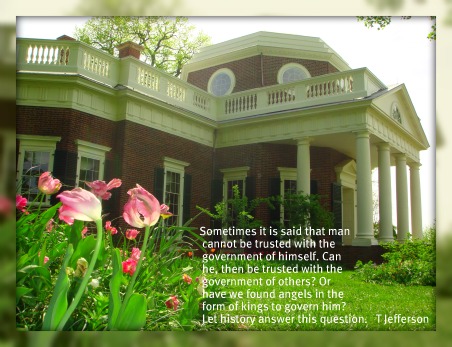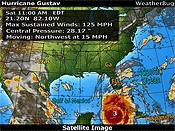Christmas, n. - The festival of the Christian church observed annually on the 25th day of December, in memory of the birth of Christ, and celebrated by a particular church service. The festival includes twelve days. (Noah Webster 1828 - American Dictionary of the English Language)
On this page, I am going to give information about the meanings for some of the traditions of the Christian church practiced during Christmas. I do not necessarily agree or disagree with the traditions, but am reporting all the information I have found in my research. Merry CHRISTmas!!!
O Christmas Tree
The practice of tree worship can be found in many cultures. The modern christmas tree can be traced back to the 8th century. St. Boniface was converting the Germanic tribes, who worshipped the oak trees in celebration of their winter solstice. St. Boniface cut down an enormous oak tree used for worship, but a fir tree grew in its place. The evergreen was offered as a symbol of Christianity, and so the newly converted Germanic tribes began to decorate them at Christmas to honor Christ's birth.
Candy Canes
It is believed that a candy maker created the candy cane to remind people about Jesus. the J shape represents Jesus, or the shepherd's staff. The white color represents purity, while the red stripes represent the blood shed for our sins. Peppermint is similar to the hyssop mentioned in the Bible.
Christmas Cards
The custom of sending christmas cards originated in Victorian England. Earlier, people wrote out letters, but then as aquaintences grew, the need for shorter greetings became great. In 1843, British business man, Sir Henry Cole, asked artist, John Calcott Horsley to print some christmas cards. The cards were made in black and white and then colored by hand. In 1851, Richard Pease commissioned the first christmas card in the U.S.
Mistletoe
The ancient Druids believed that mistletoe fell from heaven and grew on trees in earth. Therefore mistletoe represented a joining of heaven and earth and God's reconciliation with mankind. A kiss under mistletoe represents acceptance and reconciliation.
Santa Claus
St. Nicholas was a 4th century bishop from Asia-minor. He was famous for giving gifts to children. His feast day was December 6th, and became a children's holiday in Holland, where they called him Sint Nikolaas. In the New World (young America), the English colonists called him Santa Claus because they couldn't pronounce the Dutch name for him, and they combined the feast day with Christmas. Kriss Kringle became the German name for him around 1600. German Protestants recognized December 25th as the birth of the Christ Child "Christkindl", as a time to give gifts. Christkindl evolved into Kriss Kringle. In the Netherlands and Germany, the Santa Claus figure often rode through the sky on a horse to deliver gifts to the children. He often wore a bishops robes and was accompanied by the Black Elf who whipped naughty children. In addition to Kris Kringle, the three wise men brought gifts to baby Jesus starting the gift giving tradition of the christian church.
Holly
Holly has sharp thorns, representative of the crown of thorns placed on Jesus' head before the crucifixion. The red berries represent the blood.
Yule Log
In the Chaldeans language, the word yule meant infant. The Germanic tribes of Europe celebrated yule-day or child-day. On Christmas eve an enormous log would be cut and placed on the hearth. The log would be sprinkled with salt, oil, and mulled wine, prayers would be said to protect the house from the Devil and lightning. In some regions, the daughters lit the logs with splinters from the previous years log. In other regions, it was the lady of the house with the honor of lighting the log.










